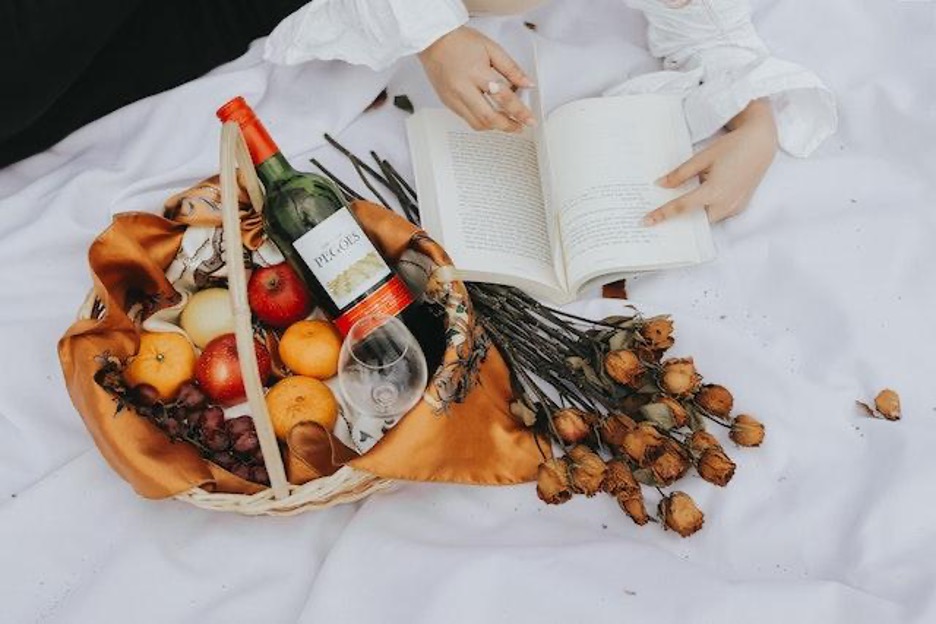Discover the World of Wine: A Beginner’s Guide
Wine has captivated people for centuries. More than just a drink, wine is intertwined with culture, cuisine, and traditions worldwide. Its production and delivery is actually more than a thousand years old.
Even today, wine continues to fascinate and delight people everywhere. From casual drinkers to dedicated oenophiles, an undeniable allure surrounding wine makes it so appealing.
Understanding Wine Basics
Wine is an alcoholic beverage made through the fermentation of grape juice. The type of grape, the region it’s grown in, production methods, and the aging process all impact the characteristics and flavors of the finished wine. Wines can range from crisp and tart to lush and fruity to rich and oaky.
There are many types of wine, but they mainly fall into two broad categories: red and white. Wine can also be classified by sweetness level, alcohol content, production method, and other factors. Some examples include rosé, sparkling wine, dessert wine, table wine, fortified wine, and more.
Wine Components
Wine has a complex chemistry, with key components like alcohol, tannins, acidity, residual sugar, and aroma compounds. Alcohol gives the wine body and mouthfeel. Tannins add structure and texture, while acidity keeps wines fresh. Residual sugar contributes sweetness. Aroma compounds called esters produce fruity notes. These components’ interaction creates a wine’s style, flavor, and feel. Learning to detect each element will help you differentiate wines and determine your preferences. Proper wine service enhances your enjoyment.
In restaurants, whites are often chilled while reds are stored at cellar temperature. For home enjoyment, reds and whites are often served slightly chilled at around 55-60°F. Pour a small amount to allow aroma release, and use suitable stemware to avoid hand warmth affecting the wine. Take your time sipping and savoring each pour. Notice how the flavors evolve after a few minutes in the glass.
Wine Tasting Techniques
Wine experts suggest that the five S method provides a solid approach to critically tasting and evaluating wine:
- See – Check the clarity and color characteristics
- Swirl – Agitate the wine to release aromas and oxygenate it
- Sniff – Smell the wine’s aroma profile and typicity
- Sip – Taste the wine and analyze its structural components
- Savor – Contemplate the quality, complexity, and enjoyment of the wine
Thoughtfully moving through each “S” step will reveal the wine’s nuances and help train your senses. Like any skill, tasting wine takes practice to hone. Here are some tips to taste like an expert: Examine against a white backdrop first, then tilt the glass to see the color profile. Swirl vigorously to get maximum aroma release before nosing the wine. Stick your nose deep into the glass to detect subtle aromas Aspire the aromas in a series of quick sniffs to avoid saturation. Explore the wine’s structure with a small sip to coat your mouth. Pay attention to first impressions and how flavors evolve while wine is in the mouth. Spit out wine after tasting rather than swallowing to avoid intoxication.
Wine and Food Pairing
Complementary pairings make both the wine and food taste better. Some basic principles for great pairings include: Pair light wines with light dishes and fuller-bodied wines with heartier foods. Match aromatic components; for example, buttery Chardonnay with lobster or oaky wines with smoky barbecue. Acidity in wine cuts richness, while sweetness tempers spice and bitterness. Classic pairings, like Sauvignon Blanc with goat cheese or Nebbiolo with truffles, have developed in tandem. Wines can be paired with all different cuisine styles.
Some pairings to try our Spicy Asian food and Off-dry Riesling, Sushi and seafood with High-acid Sauvignon Blanc or bracing sparkling wine, Pizza and pasta with Fruity Chianti, Valpolicella or Chardonnay, Roast chicken with Elegant white Burgundy or Beaujolais, Steak with Earthy Bordeaux, Malbec or Chianti Classico and lastly Chocolate desserts with Sweet Sauternes or port
Conclusion
There are many great reasons to start learning about wine. When you understand the basic components of wine, you can begin to identify the flavors and aromas in each glass. Additionally, working knowledge empowers you to select bottles you will enjoy rather than guessing randomly off a wine list or shelf. You’ll also gain confidence in your wine choices when dining out or hosting dinners.
Beyond practical reasons, learning about wine simply provides enjoyment. There is always more to discover in the vast world of wine, from exploring new grape varieties and regions to finding the perfect food pairings. The learning experience itself brings pleasure.






